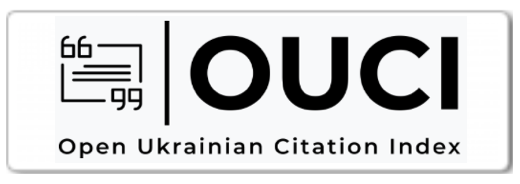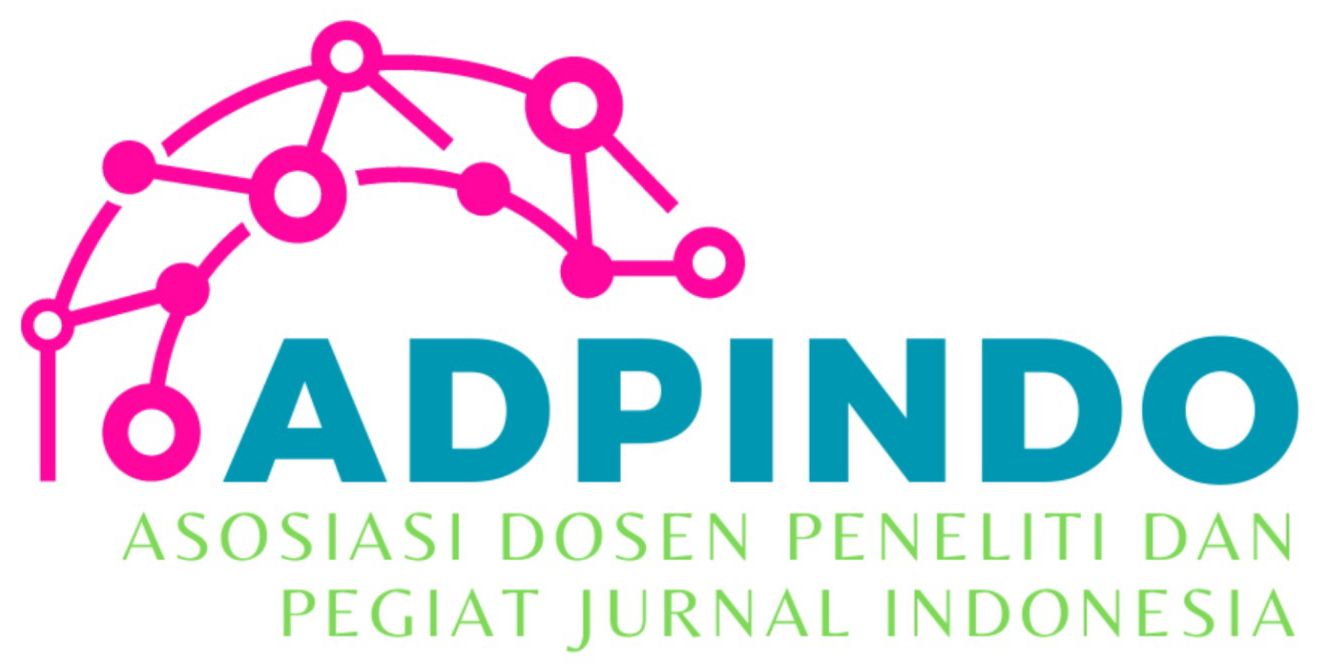WOMEN'S REPRESENTATION IN INDONESIA'S POLITICAL LEADERSHIP STRUCTURE
Main Article Content
Naib
This study discusses the dynamics of women's representation in the political leadership structure in Indonesia, especially in legislative institutions and political parties. Although Law Number 7 of 2017 has set a 30% quota for women, its implementation still faces various challenges, both structurally and culturally. Barriers such as patriarchal culture, lack of political education, and women's dual role as housewives and politicians are among the main barrier factors limiting their participation in politics. Through normative juridical methods and analysis of secondary data from various sources, this study found that women's representation in the legislature continues to increase over time. However, this figure has not reached the set target. In addition, political parties often only meet quotas formally without paying attention to the capacity and quality of women nominated. In conclusion, increasing women's representation requires continuous efforts to overcome existing cultural and structural barriers, so as to create a more substantial and meaningful participation of women in Indonesia's political leadership structure.
Astuti, T. M. (2008). Citra Perempuan dalam Politik. Jurnal Studi Gender & Anak, Vol. 3, No. 1.
Blackburn, S. (2004). Women and the State in Modern Indonesia. Cambridge University Press.
Budiatri, A. D. (2019). Perempuan dalam Politik: Analisis Representasi dan Keterlibatan Perempuan dalam Partai Politik. LIPI Press.
Crenshaw, K. (1989). "Demarginalizing the Intersection of Race and Sex." University of Chicago Legal Forum.
Dahl, R. A. (1989). Democracy and Its Critics. Yale University Press.
Dahlerup, D. (1988). “From a Small to a Large Minority: Women in Scandinavian Politics.” Scandinavian Political Studies, 11(4), 275–298.
Gun Gun Heryanto, d. (2010). Literasi Politik: Dinamika Konsolidasi Demokrasi Indonesia Pascareformasi. Yogyakarta: IRCiSoD.
Haris, S. (2014). Partai, Pemilu dan Parlemen. Jakarta: Pustaka Obor.
Kanter, R. M. (1977). Men and Women of the Corporation. Basic Books.
Krook, M. L., & Mackay, F. (Eds.). (2011). Gender, Politics and Institutions: Towards a Feminist Institutionalism. Palgrave Macmillan.
Latip Kahfi, d. (2024). Analisis Partisipasi Politik Perempuan di Indonesia: Faktor Penghambat dan Faktor Pendorong. Jurnal Kajian Gender dan Anak, Vol. 8, No. 1.
Satriawan, M. Iwan. (2019). Dinamika Keterwakilan Perempuan dalam Politik. Yogyakarta: Graha Ilmu.
Mansbridge, J. (1999). “Should Blacks Represent Blacks and Women Represent Women?” Journal of Politics, 61(3), 628–657.
Muhammad, A. S. (2014). Pembubaran Partai Politik. Jakarta: Rajawali Press.
Nur Hidayah, A. A. (2023). Partisipasi Perempuan dalan Perumusan Kebijakan di Era Otonomi Daerah Kabupaten Sorong. Jurnal Faksi: Ilmu Sosial dan Ilmu Politik, Vol. 9, No. 1.
Paramitaningrum, R. (2016). “Perempuan dalam Politik: Studi Partisipasi Politik Perempuan di Indonesia.” Jurnal Politik.
Phillips, A. (1995). The Politics of Presence. Oxford University Press.
Pitkin, H. F. (1967). The Concept of Representation. University of California Press.
Puskapol UI. (2014). Audit Partisipasi Perempuan dalam Politik.
Sulastri, R. (2020). Hambatan dan Tantangan Perempuan Anggota Legislatif Pasca Affirmative Action. Khazanah Multidisiplin, Vol. 1, No. 2






































